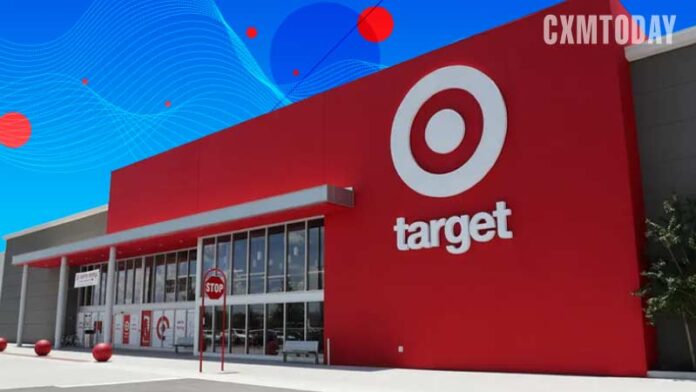Despite inflation and changed shopping habits, the big box reported a 4% growth in guest traffic in Q1, 2022.
One of the biggest names in the retail industry, Target, the big box retailer, continues to be a favorite amongst customers through sixty years of existence. The company recently announced that its quarterly profits got hit by supply chain troubles, higher fuel costs, and lower-than-expected sales of discretionary merchandise. However, Despite the challenges, the retailer witnessed healthy growth in its customers.
A recent survey reveals that 36% of American consumers voted Target for offering the best in-store shopping experience. In the different age group categories, 47% of participants from the 25 to 34 age group and 41% from the 18 to 24 age group say they prefer Target over other retailers. What are the factors behind these high figures?
Best in-store shopping experience
From a list of retailers, including Costco, Dollar General, Dollar Tree, Five Below, IKEA, Target, and Walmart, participants chose Target. Walmart was next to Target for American consumers with 27% votes.
Discounts and deals
In a competitive response to other sale events happening in summer, like Amazon Prime Day, Target celebrates “Deal Days” between July 11-13 each year, offering discounts and gift cards. Apart from Black Friday and Cyber Monday, this concept has become one of the most significant retailer sale events.
Technology
Founded in 1962, the mega-retailer remains ahead of the innovation curve by adapting a tech stack that helps source real-time data to better engage with customers and boost sales.
Beacon technology
The retailer introduced beacon technology last year, wherein the company has installed small devices at its stores. These devices send push notifications to shoppers downloading the Target app, alerting them about sales, product recommendations, and special offers. It enables in-store customer data collection, making it easier to tailor service and provide a valuable shopping experience.
Targeted advertising
Through guest satisfaction surveys, Target collects customer data, which helps the company identify buying trends and develop initiatives to drive more customers into stores. The company analyses customer profiles, including purchase history, age, marital status, salary, and web browsing history, thus helping customers make smarter buying decisions.
International marketing
Target has also collected information about the number of non-US visitors to the site by tracking website visitors, which has helped the company determine valuable markets in other countries. Working with Borderfree, an ecommerce platform specializing in foreign markets, Target has begun offering its digital inventory to 200 countries, providing price conversions in local currencies.
Aesthetically pleasing
Participants of the GOBankingRates survey shared that Target stores have better lighting, better item-merchandising, trendier and aesthetic designs, and wider aisles. Apart from having its shelves well-stocked, Target stores are easy to navigate and have excellent parking spaces, shared the participants. Target scored better than Walmart as consumers complained about the latter’s practice of locking away high-theft items like toiletries.
For online shoppers
Online shoppers can pick up their shopping list from the store by choosing the Order Pickup option. Those who wish to drive to the store can get their shopping list loaded in their car by selecting Drive Up. Those who want a home delivery option can choose Day delivery with Shipt.
Striving for customer satisfaction and offering an easy shopping experience, this general merchandise retailer has always had an eye on the future.
History
Currently, 75% of the US population stays within ten miles of 1,931 Target stores. The retailer flashes a catchy tagline, “Expect More, Pay Less,” across the globe that consumers will find hard to resist.
Target opened its first store in Roseville, Minnesota, on May 1, 1962, with guests lining up outside the store. The first store had 75 departments.
Stewart K. Widdess, Director of Publicity, and his staff finalized the brand name “Target” after considering 200 characters and envisioned a classic bullseye logo in 1962. The company further refined the logo in 1968 and mid-1970s.




